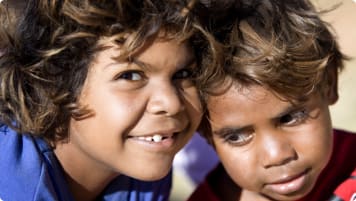Birding in Broome, Western Australia
Birding in Broome, Western Australia The town of Broome, in the remote north of Western Australia, is a birdwatcher’s paradise. Over 330 bird species have been recorded in and around Broome – more than one…
22 Jul 20 · 6 mins read

Birding in Broome, Western Australia
The town of Broome, in the remote north of Western Australia, is a birdwatcher’s paradise.
Over 330 bird species have been recorded in and around Broome – more than one third of Australia‘s total bird species, and over 55 species of waders or shorebirds, almost 1/4 of the world’s total. Thanks to six diverse habitats, the region plays host to a wide variety of bird species. The region is also particularly known for the array of migratory birds from the northern hemisphere, with over 800, 000 migratory birds arriving from September to March each year.
One of the best places to see birds is the Broome Bird Observatory on Roebuck Bay, a RAMSAR-Listed Wetland of International Importance. The site comprises 34, 119 hectares of intertidal mudflats. The soft-bottomed intertidal mudflats of northern and eastern Roebuck Bay are one of less than twenty such mudflats worldwide that support large numbers of shorebirds on their annual migration south. The site is used by up to 300, 000 migratory birds each year, coming from over 20 species. The Roebuck Bay RAMSAR site also includes three other marine habitats, sea-grass beds, mangrove swamps, and samphire and saline grasslands.
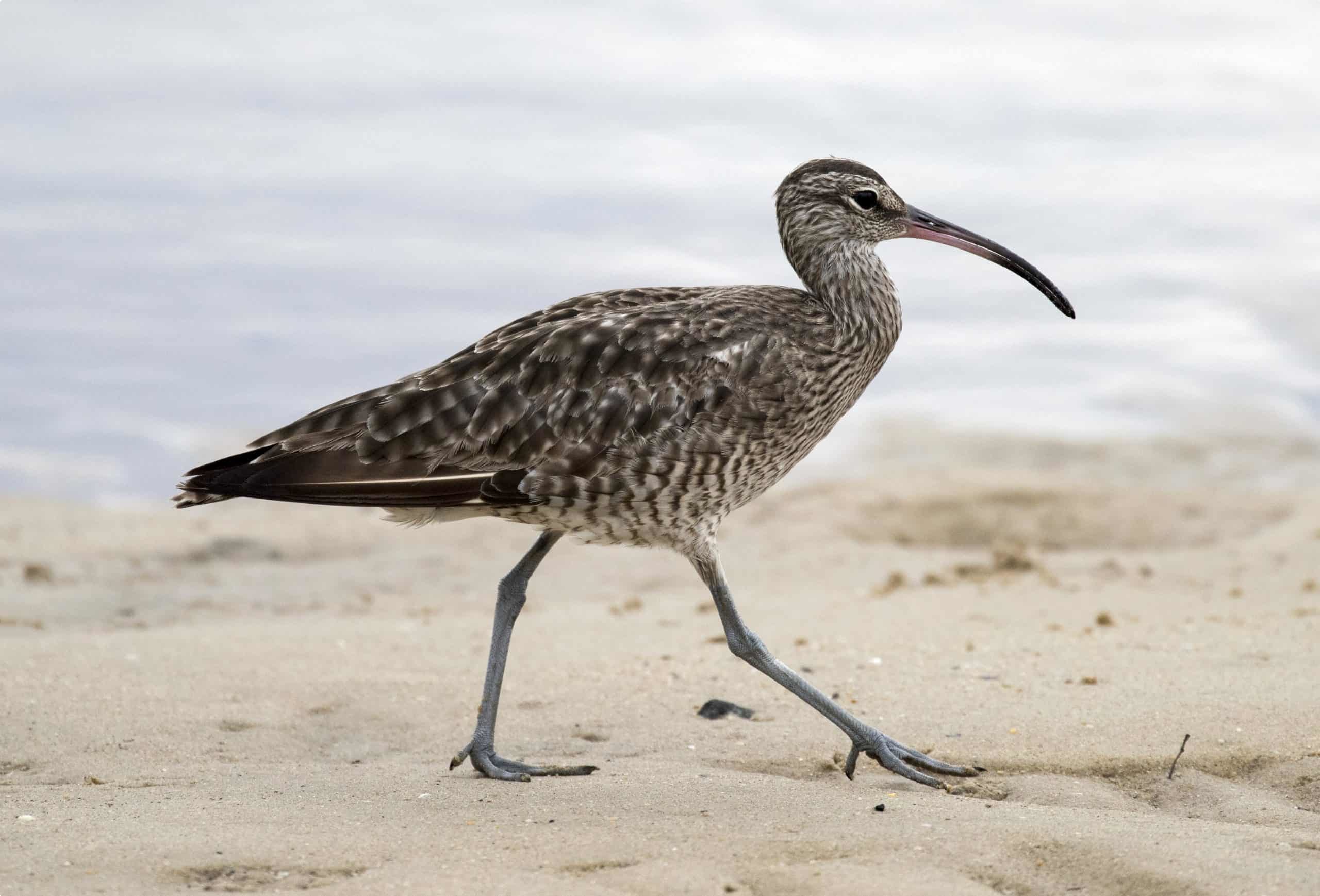
Highlights among the migratory birds seen around Roebuck Bay and the Broome Bird Observatory include the Eastern Curlew, the largest of the migratory shore birds, which makes an epic 17, 500 kilometre round journey from Vladivostok, Russia each year. The tiny, crimson-coloured Red Knot makes an even longer journey, from the New Siberian Islands off the north coast of Russia, deep in the Arctic Circle. The Common Redshank is commonly seen in Europe and Asia, but is a rarity in Australia, with the Broome Bird Observatory the only known site where they can be seen reliably. Similarly, the Observatory is one of the few reliable sites at which the Asian Dowitcher and the Broad-billed Sandpiper can be seen.
In addition to the migratory bird population, Roebuck Bay is also home to a number of native and endemic bird species. The bird that excites twitchers the most is the Yellow Chat, a tiny, canary-yellow bird. Not a true chat, it was named by British settlers due to its resemblance to the chats of the United Kingdom. Usually only found in the remotest parts of the outback, the yellow chat can survive in Broome thanks to its proximity to the Great Sandy Desert. Yellow chats are best found in salt bush on the Roebuck Plains.
Roebuck Bay‘s mangrove environments are home to a number of birds, including the White-breasted Whistler, which forages for crabs among mangrove roots, the endemic Dusky gerygone, and the tiny Broad-billed flycatcher, which (as its name might suggest) uses its broad bill to catch flies in the mangroves.
The town of Broome itself, particularly its tropical gardens, golf courses and mangroves, also attracts a number of distinct bird species. The Eastern Yellow Wagtail, a rare migrant to northern Australia, hangs out on sports fields and among sewage ponds. In mangroves look for Red-headed honeyeasters, Dusky gerygones, Golden and White-breasted whistlers, and the Mangrove grey fantail.
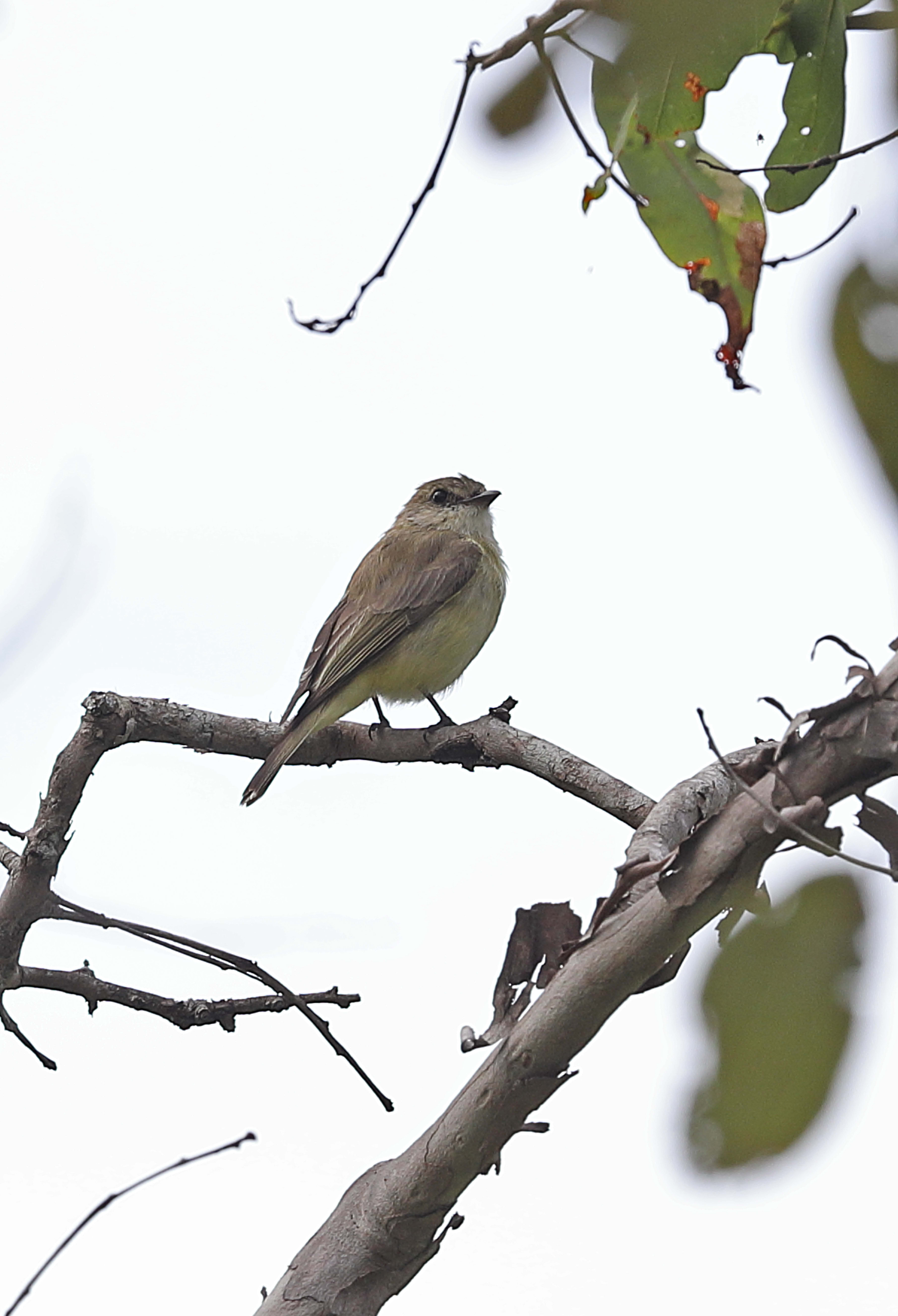
To the north of Broome, Barred and Willie Creeks are mangrove-lined saltwater environments, home to several species of waders, raptors, and mangrove dwellers. Look for red-headed honeyeaters and the elusive Kimberley Lemonbellied Flycatcher.
To the south of Broome, the 220 kilometre long Eighty Mile Beach, between Broome and Port Hedland in the Pilbara, is another RAMSAR-listed Wetland, which attracts vast numbers of migratory birds each summer. Birds found here include eastern curlews, red knots, great knots, Terek sandpipers, pied oystercatchers, greater sand plovers, Oriental plovers and red-capped plovers. The Eighty Mile Beach Marine Park is also home to dugongs, dolphins, and is an important nesting ground for flatback turtles, only found in northern Australia. At the end of the nesting season (between October and February each year) thousands of baby turtles hatch from their eggs and scramble to the sea.
Eighty Mile Beach is particularly ecologically important for its population of three species of sawfishes – dwarf sawfishes, large-tooth sawfishes, and green sawfishes – each in serious danger of extinction. Closely related to sharks and rays, sawfishes give birth to live young. Generally shy, they remain close to the muddy sea-floor, either resting or searching for food.
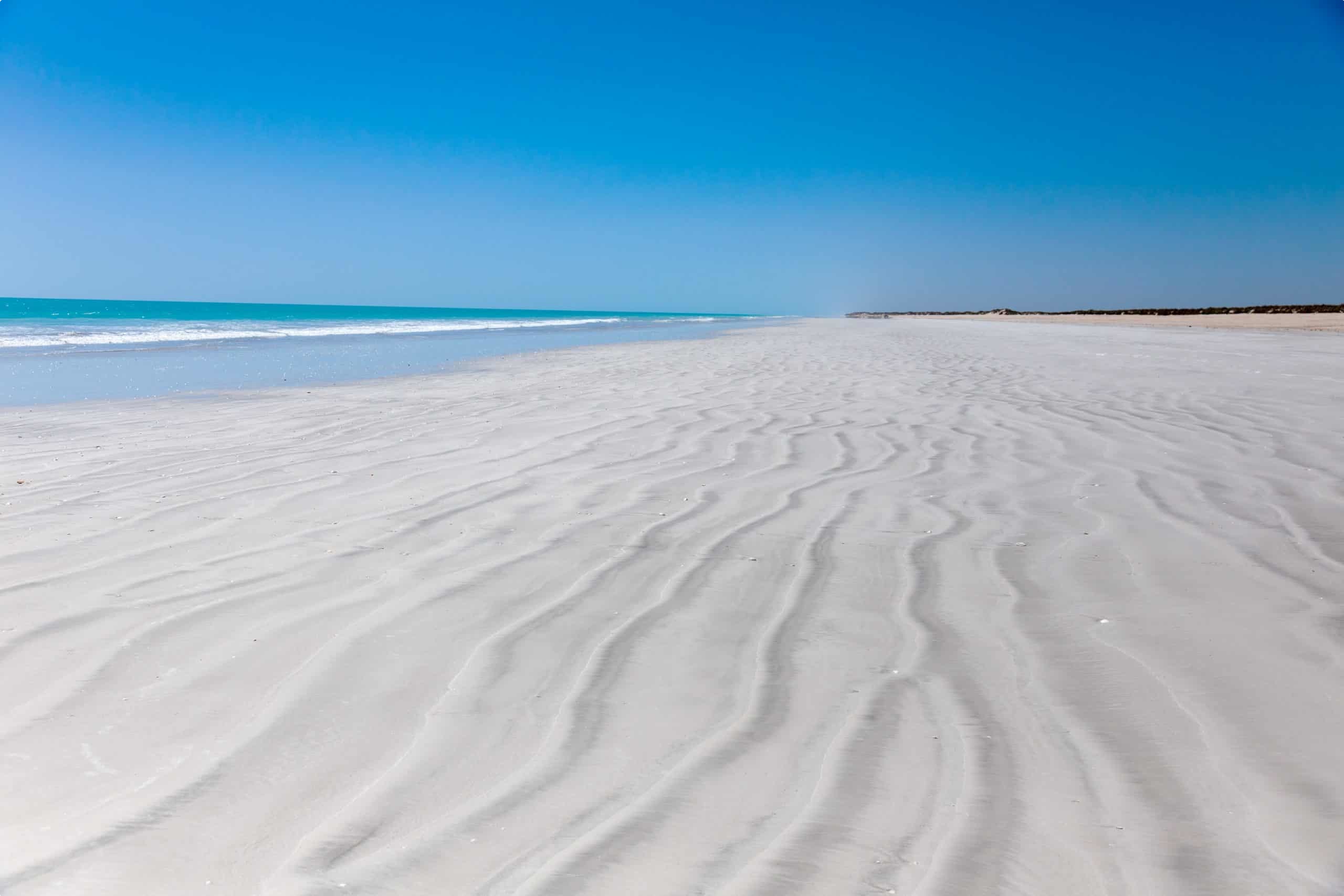
Thanks to the diversity of Broome‘s bird life, there is no bad time to go birding in Broome. For many, seeing the birds suddenly take-off on their journey back to Asia is a highlight, as groups of between 5 and 500 birds suddenly take the air. The take-off generally occurs at the end of the Wet season each year, with different species taking off at different times: Eastern curlews often leave in the first week of March, while Red Knots – knowing that their Arctic home will remain under ice much longer – can wait until late May. The arrival of birds from September is less spectacular, as birds tend to trickle in dribs and drabs. Others prefer visiting from December through to February, which offers the greatest variety of migratory birds to see.
However, birds can be seen year-round. Some migratory birds, such as the Asian Dowitcher and the Broad-billed sandpiper, choose to overwinter in the area. The Dry is also a good time to see native birds, especially the elusive yellow chat, which nests in salt bush that can be hard to access during the Wet.
Odyssey Traveller is pleased to announce that we are now running a birding tour of Broome. Staying for eight nights at the Broome Bird Observatory, our tour takes the time to explore the diverse range of habitats in which migratory and local birds are found. Each day of the tour is accompanied by evening talks given by our knowledgeable guide.
Our Broome tour also gives you plenty of time to explore for yourself, whether that’s visiting the pristine white sand and turquoise water of Cable Beach for a sunset camel ride, learning about the historic pearling industry on a pearl farm tour of Cygnet Bay Pearl Farm, or experiencing multi-cultural Broome at the Japanese Cemetery and town Chinatown.
While our Broome tour ends after five days, we encourage you to remain in the region, exploring the stunning coastline of Australia‘s west coast: Coral Bay, Shark Bay, Kalbarri and Exmouth.
Travellers with an interest in visiting Broome and Australia‘s north west may also be interested in our Kimberley tour. Beginning in town, we begin by heading along the Kimberley coast to the Dampier Peninsula – home to the stunning Cape Leveque and Beagle Bay – before heading north to Talbot Bay on the Indian Ocean. The guided tour then moves inland along the Gibb River Road, stopping in at Wandjina Gorge National Park and El Questro National Park, on our way to Kununurra and Lake Argyle, the Ord River dam. From the Gibb River Road, our tour then heads to Purnululu National Park, where we make a scenic flight over the distinct Bungle Bungle formations. We then head back to the west Kimberley, stopping off at the historic towns of Halls Creek and Fitzroy Crossing (by the Fitzroy River), and Tunnel Creek National Park. You’re able to go swimming at many of the gorges in the Kimberley region – just make sure to watch for the freshwater crocodiles!
You may also be interested in our Western Australian wildflowers tour, which visits Perth and the Margaret River; or our Kakadu, Arnhem Land, and Darwin tour.
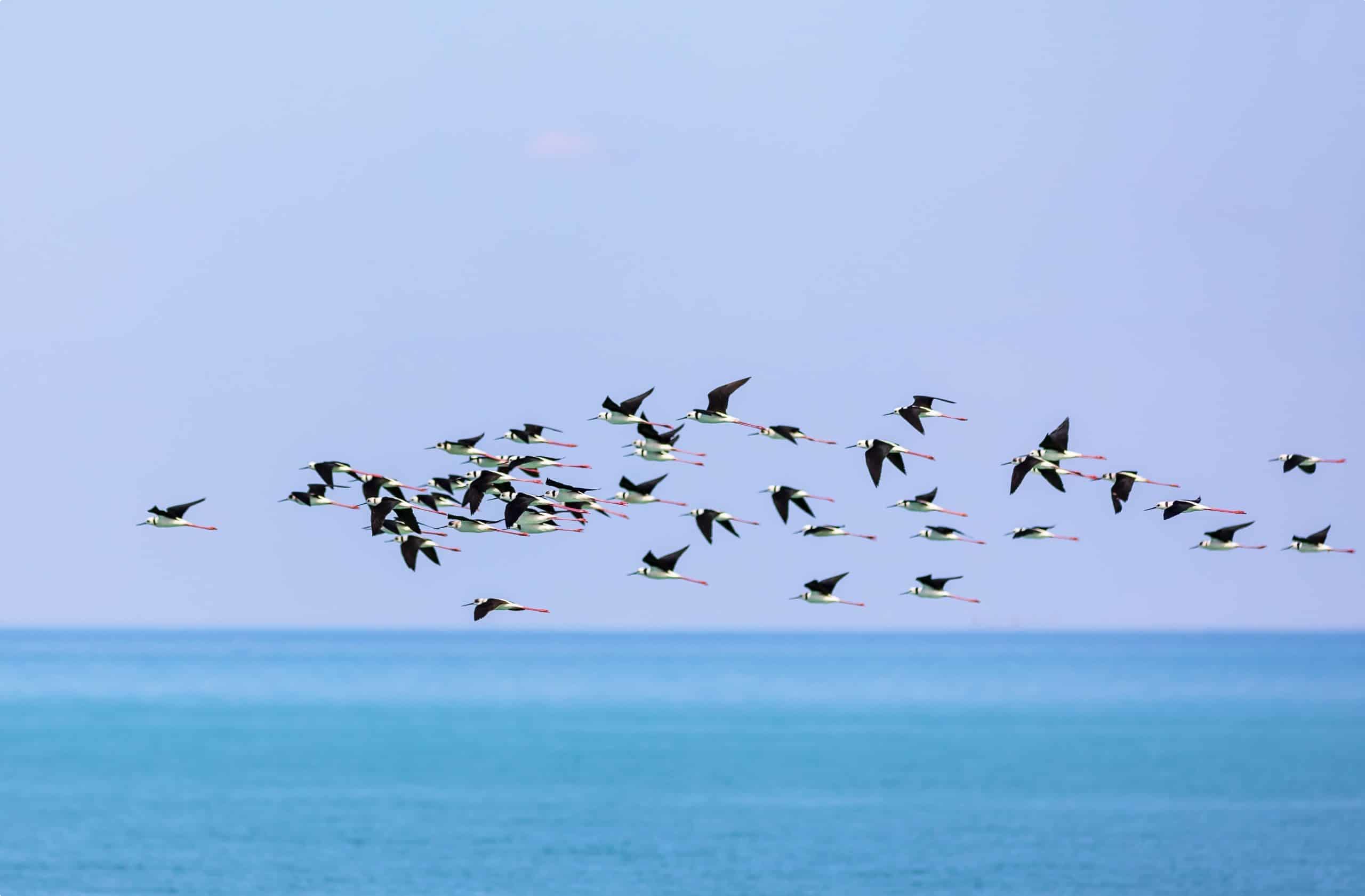
Articles about Australia published by Odyssey Traveller:
- The Kimberley: A Definitive Guide
- Uncovering the Ancient History of Aboriginal Australia
- Aboriginal Land Use in the Mallee
- Understanding Aboriginal Aquaculture
- Mallee and Mulga: Two Iconic and Typically Inland Australian Plant Communities (By Dr. Sandy Scott).
- The Australian Outback: A Definitive Guide
- The Eyre Peninsula: Australia‘s Ocean Frontier
- Archaeological mysteries of Australia: How did a 12th century African coin reach Arnhem Land?
- Ancient Aboriginal trade routes of Australia
For all the articles Odyssey Traveller has published for mature aged and senior travellers, click through on this link.
External articles to assist you on your visit to Broome:
Related Tours

days
Sep, OctSmall group tour Birding in Broome
Visiting Western Australia
Explore and learn about on a small group tour of Adelaide city and its pastoral, cultural and historic settlement. Visit Fleurieu Peninsula, the Barossa valley, learn about William Morris and the arts and craft movement in the Art gallery and National trust houses.

13 days
May, Jun, Jul, Aug, SepSmall group tour of Australia's Kimberley
Visiting Western Australia
Escorted small group tour of the Kimberley. We explore and visit The Bungles, Bell Gorge, Mitchell plateau & Halls Creek in the dry season. Amazing landscapes intertwined with Aboriginal communities resident more than 45,000 years.
From A$15,390 AUD
View Tour
days
Jun, Jul, Sep, Feb, Mar +1Darwin and Kakadu small group tour
Visiting Northern Territory
Explore and learn as part of a small group tour for seniors on this package tour to Darwin and Kakadu National park, a UNESCO world heritage site. This program also visits Arnhem land. Our focus is on ecology, landscapes and history on this 14 day program in the far north of the Northern Territory.


